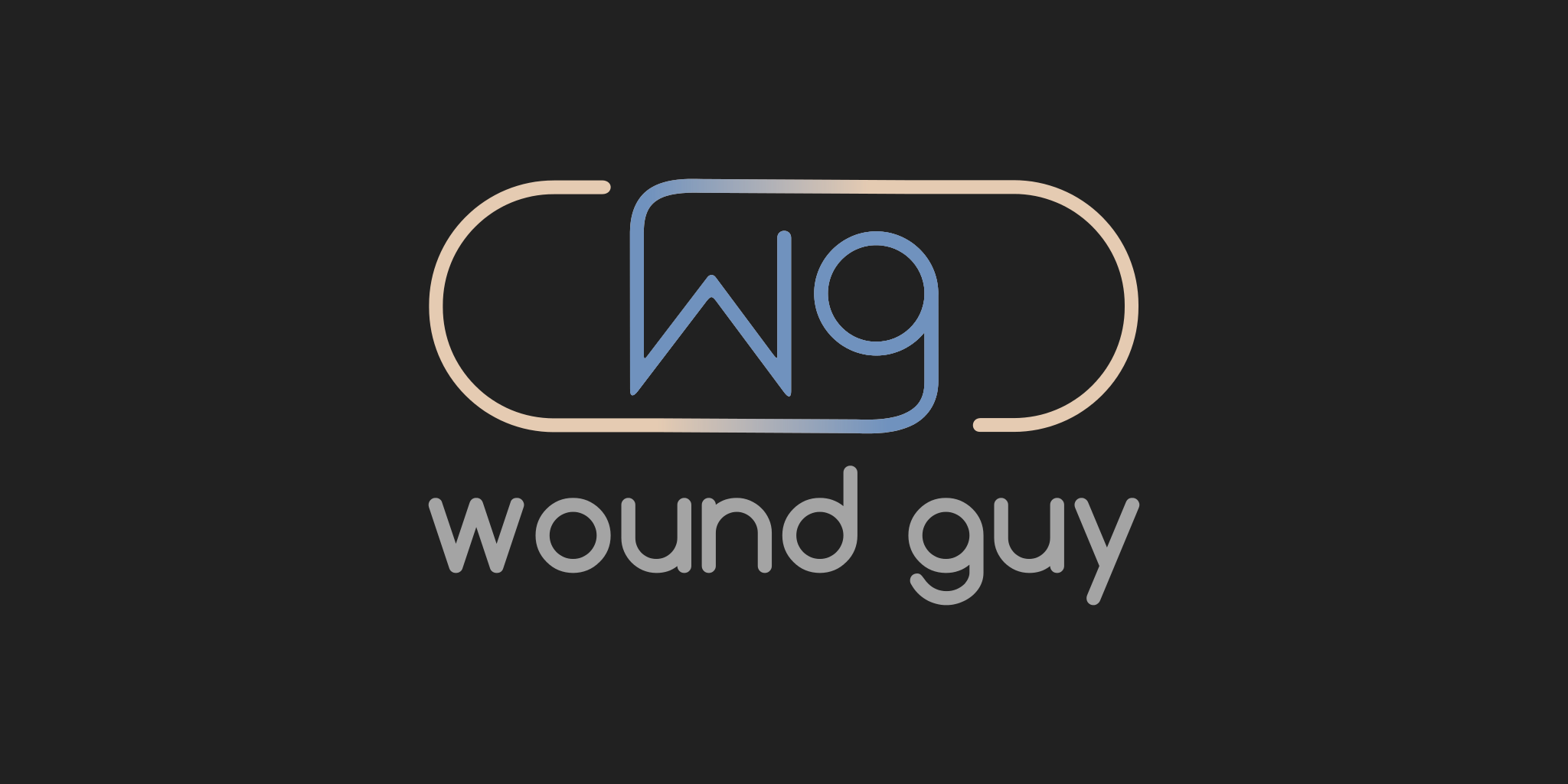Sclerotherapy & vein laser ablation : what’s it about
Dr Jacqui Chirgwin is the lead Phlebologist and Medical Director of Newcastle’s (NSW) Vein and Laser Centre. I recently had the opportunity to spend a day with her and her team in order to learn more about the role of sclerotherapy and laser ablation for the lower limb. My first observation was the seemless team work between phlebologist, sonographer and nurse through all the phases of care – assessment, planning, intervention and follow-up. My second observation was the absolute importance of compression and mobility, commencing post-procedure. I had the privilege of viewing both Ultrasound Guided Sclerotherapy (UGS) and Endovenous Laser Ablation (EVLA) performed on a number of patients. UGS is used to treat medium to large sized superficial veins including varicose veins. EVLA is intended for large hidden veins that would otherwise have undergone surgical vein stripping. These modalities were delivered with no general anaesthetic, in a medical office (not hospital), patients walked-in then walked-out post procedure and were able to immediately return to normal activity with minimal pain and no large surgical scars.
Statistics suggest that between 30-50% of the “Western” population will experience vein related symptoms in their lifetime – visible varicose veins, heaviness in the legs (with aching, burning, throbbing), “restless” legs and leg cramps. Phlebologists believe that the majority of sufferers of leg cramps and “restless” legs can be cured via UGS and EVLA. The targeted use of these treatments (singularly or in combination) planned over one or more therapeutic sessions, has also been able to demonstrate reduction in lower limb oedema, haemosiderin staining and lipodermatosclerosis. Evidence likewise points to an adjunctive role for UGS and EVLA in treating venous leg ulceration. Skin damage as a result of ankle “flare”, inflammation and eczema has been alleviated by these same interventions.
I was able to review a number of patients who did not have deep venous incompetence but who had been treated for superifical vein and even perforator vein reflux. These individuals wore their compression hosiery for only two weeks post procedure and continued to maintained a 30 minute (minimum) daily exercise regime. They professed that their vein-related symptoms had vastly improved, their skin health was better and their daily quality of life had increased. Many patients had their medical intervention complemented by strategies to improve their nutrition and to manage appropriate weight loss.
Further information on UGS and EVLA can be obtained from Dr Chirgwin’s website or that of The Australian College of Phlebology.
http://www.veinandlasercentre.com.au
http://www.phlebology.com.au



